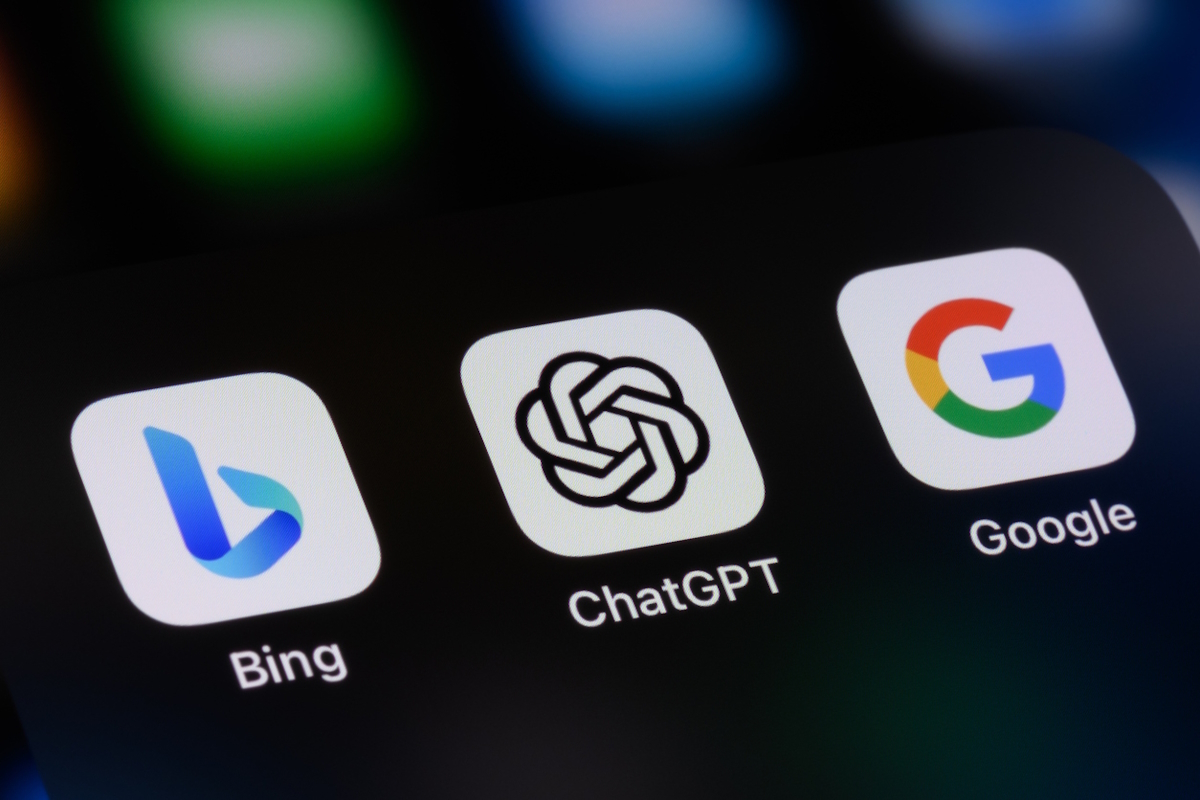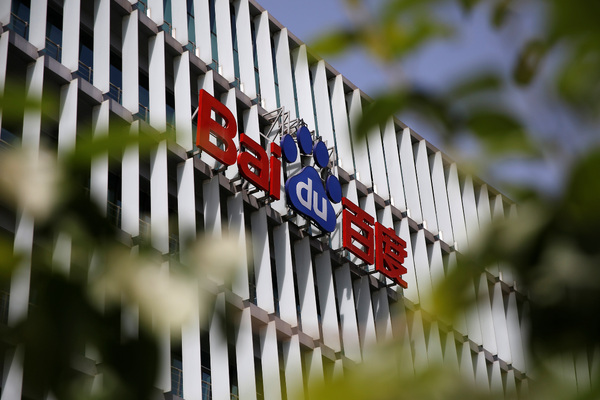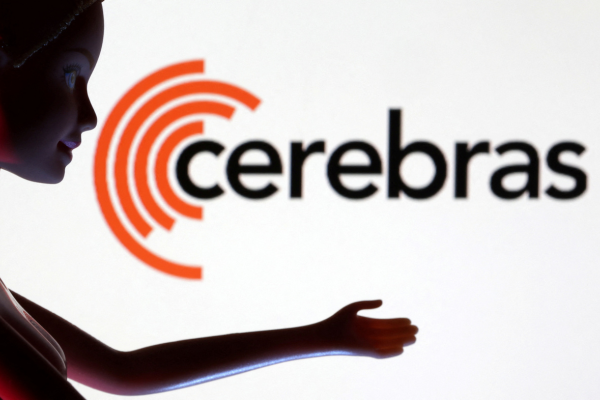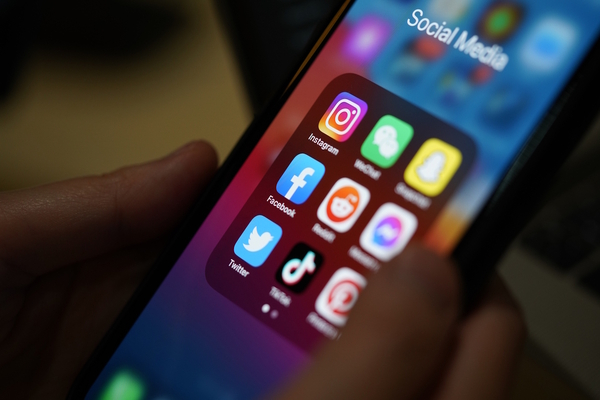ChatGPT Search: the SEO game-changer

Daniel Reid at Similarweb explains how ChatGPT’s search engine is redefining SEO for brands
ChatGPT’s arrival marked a major turning point for SEO and brand visibility. Current trends and available data show that AI chatbots are drastically changing how consumers search for and interact with brands. As a result, optimising AI algorithms and collaborating with generative AI platforms are becoming essential for brands aiming to maintain an effective presence and strengthen consumer engagement.
Living in a new paradigm
Generative AI chatbots, such as ChatGPT, are becoming an integral part of consumers’ daily lives, especially when it comes to discovering brands and products. This phenomenon is particularly evident in the fashion industry, where searches for affordable brands are significantly increasing.
While both traditional search and generative AI chatbots are valuable tools for consumers seeking information, they function differently. A perfect example of this is the case of SHEIN. The brand currently suffers from a significant gap between its global recognition—amplified by an upcoming IPO—and its visibility on ChatGPT, where it is rarely recommended in responses.
Data reveals a significant difference between brands searched for and those recommended by AI chatbots. For instance, in the fast fashion sector, SHEIN is mentioned in only 10% of responses, despite a high search volume on GenAI chatbots (37%). In contrast, H&M dominates with 89% of mentions, even though the brand represents only 13% of the search volume.
Similarly, Temu, which ranks second with 31.11% of searches, does not appear in any responses, while ZARA, which is rarely searched by consumers (5%), enjoys high visibility (46% of mentions).
This difference indicates that AI algorithms favour certain brands, creating a crucial need for other brands to reassess and optimise their online presence. This need becomes even more pressing as nearly two-thirds of consumers opt for chatbot recommendations rather than searching for specific brands directly. This lack of visibility for certain brands is primarily attributed to chatbot algorithms rather than negative consumer perception.
For example, although SHEIN has faced criticism, a recent analysis of search queries related to this Chinese platform showed that only 2% of them were negative. This underscores the importance for brands to understand and optimise chatbot algorithms to improve visibility and capture consumer attention.
Although AI chatbots represent a new way of searching for information, they bring an inevitable change to SEO. Traditionally, SEO focused on optimising classic search engines like Google.
However, with the rise of ChatGPT and other AI chatbots, brands must adapt their strategies to ensure they are not only visible but also recommended by these new platforms. Brands like SHEIN and Temu, although popular in traditional searches, often lack the same level of visibility in AI-generated responses.
Addressing business challenges
The disparity between search queries and chatbot responses highlights a critical gap in some brands’ optimisation strategies and suggests an opportunity for brands to improve their presence in AI-generated responses.
Being referenced in chatbot responses enhances consumer trust and increases their engagement with brands. When consumers see that their queries consistently receive responses from certain brands, begin to perceive those brands as leaders in the field.
Greater visibility in chatbot responses can also lead to increased website traffic and higher conversion rates. Brands that dominate chatbot responses are therefore more likely to attract consumers to their websites and convert queries into sales.
By optimising SEO for generative AI, brands can gain a significant competitive advantage. By ensuring that products and information are easily accessible and favoured by generative AI algorithms, they can capture a larger market share.
To bridge this visibility gap, brands should rethink their optimisation strategy as follows:
- Optimise content for AI algorithms: Use relevant keywords, provide detailed product descriptions, and regularly update data inventory, while testing the impact of these efforts on generative AI to improve results.
- Collaborate with AI platforms: Work directly with the developers of these AI platforms to understand the criteria for prioritising responses, which may involve direct partnerships or AI-specific SEO practices.
- Collect and analyse customer feedback: Adapt strategies based on the expectations and needs of consumers expressed during their interactions with chatbots. It is essential to understand why consumers search for certain brands and what they expect from the responses.
By implementing these strategies, brands can close visibility gaps and ensure a strengthened and effective presence in the new ecosystem of AI chatbots.
The emergence of generative AI channels has transformed consumer behaviour, creating new touchpoints for discovery and decision-making. While traditional SEO methods (such as content creation and technical SEO) remain effective, they are not directly replicable on generative AI platforms.
The evolution of chatbots presents both opportunities and challenges for brands, requiring them to develop innovative strategies tailored to this technology while maintaining a consistent brand message across all platforms.
Brands that effectively align their presence with chatbot searches and responses will increase their visibility and strengthen consumer trust and engagement. This adaptation, though it requires experimentation, is essential for brands wishing to be found and recommended by generative AI chatbots.
Daniel Reid is Senior Insights Analyst at Similarweb
Main image courtesy of iStockPhoto.com and Kenneth Cheung

Business Reporter Team
You may also like
Most Viewed
Winston House, 3rd Floor, Units 306-309, 2-4 Dollis Park, London, N3 1HF
23-29 Hendon Lane, London, N3 1RT
020 8349 4363
© 2025, Lyonsdown Limited. Business Reporter® is a registered trademark of Lyonsdown Ltd. VAT registration number: 830519543





